Yellow flowers will bring a unique pop of color to any backyard! Hence, why gardeners from all over the world know that bright yellow flowers are the first ones to plant when they need to add a splash of color to a somber area!
- Different Types of Yellow Flowering Plants You Can Grow
- Begonia
- Bird of Paradise
- Black-Eyed Susan
- Bulbous Buttercup
- Busy Lizzie
- Bear’s Ear
- Bulbine
- Craspedia
- Calendulas
- Chrysanthemum
- Canna Lily
- Carnation
- Coreopsis
- Carolina Jasmine
- Corydalis
- Daffodil
- Dahlias
- Dutch Hyacinth
- Freesia
- Gerbera Daisy
- Goldenrod
- Hellebores
- Hibiscus
- Iris
- Lesser Celandine
- Leontodon
- Marigold
- Pansy
- Portulaca
- Prickly Pear
- Primrose
- Snapdragons
- Sunflower
- Ranunculus
- Waterlilies
- Yellow Lily
- Yarrow
- Yellow Rose
- Yellow Cestrum
- Yellow Butterfly Bush
- Yellow Oleander
- Yellow Tulip
- Zinnia
- Frequently Asked Questions
These types of flowers will brighten up any space, yet they will also create a welcoming environment for a wide range of pollinators.
This compilation list is based on the different types of yellow flowers that are found in nature. Continue reading and discover these beautiful and vibrant yellow blooms.
Different Types of Yellow Flowering Plants You Can Grow
There are so many different types of yellow flowers you can grow! Whether you’re looking for super bright yellow blooms or golden yellow flowers that seem to glitter in the sunlight, there are countless choices out there.
Here are the most common (and some exotic) yellow flower names:
Begonia

Begonia flowers are scientifically known as Begonia obliqua. Although begonias can come in many different colors, the yellow variety is the one that strikes the most! This type of flower is considered to be a flowering bush, and it has double blooms that will sure catch everybody’s attention.
They will thrive best in windy climates, as they cannot tolerate hot and dry climates. These types of golden yellow flowers come in other shades as well, including red, orange, and more.
Bird of Paradise
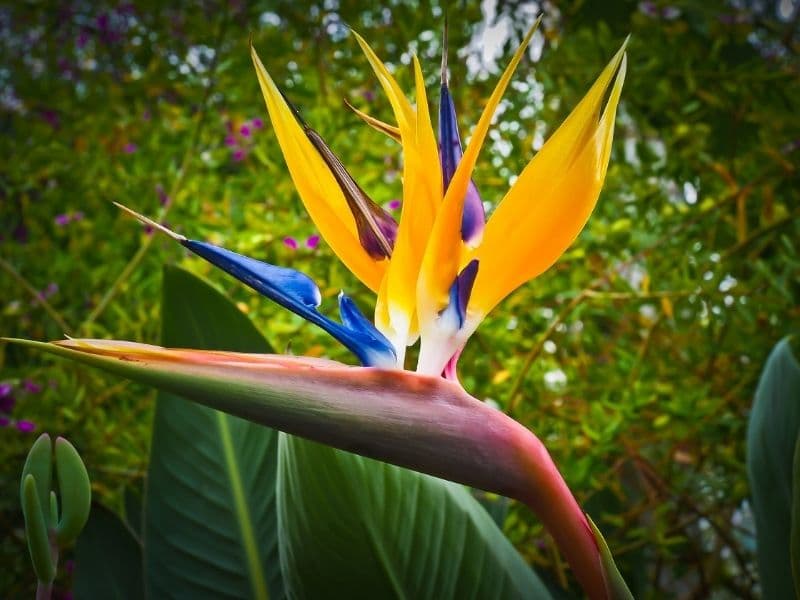
Bird of Paradise, known as Strelitzia, is a perennial flower. Its yellow variety is very exotic! They need to be exposed to full sunlight; otherwise, they won’t thrive.
Growing to only a few feet tall, this plant with dark green leaves is hardy in zones that are more on the warmer side, but you can also grow these lovely types of yellow flowers indoors.
Black-Eyed Susan
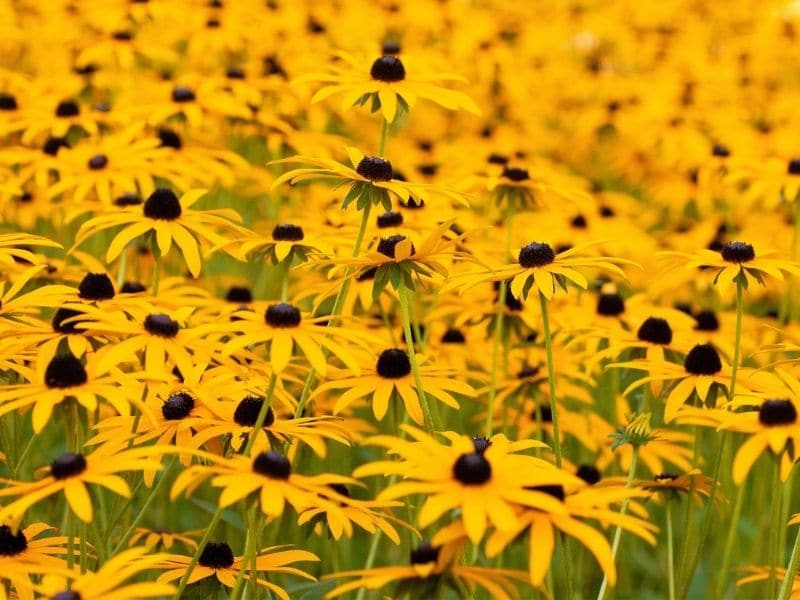
This annual plant is scientifically known as Rudbeckia. This type of flower is often confused with Daisies.
However, Black-eyed Susans are usually taller (as they can reach up to 4 feet in height), and they will bloom in late summer. They require lots of sunlight to survive and well-drained soil.
Bulbous Buttercup

The bulbous buttercup flower is scientifically known as Ranunculus Balbosus. Many people will have seen this variety of yellow flowers in the wilderness. Its shape is very unique, as all of the sepals are facing downwards. Buttercup flowers require plenty of water to thrive.
These types of yellow flowers are found growing in early summer in fields that receive full sun. They are popular in cottage gardens but can even grow in hanging baskets.
Busy Lizzie
Also known as Impatiens, this flower grows very rapidly. They will thrive best if they are planted right next to one another, as they will not compete against their fellow flowers. Busy Lizzie flowers are easy to grow, and they will bring a splash of color to any garden!
These flowers grow best in full sun to partial shade and bloom in early spring.
Bear’s Ear

The bear’s ear flower is scientifically known as Primula auricula. It tends to grow in the middle of rocky areas, and as its name suggests, its leaves resemble the bear’s ears. It can grow up to 8 inches tall.
Bulbine
The bulbine flower is scientifically referred to as Bulbine frutescens. This flower is a perennial plant that needs to be exposed to full sun. They also need to be watered constantly and need to have well-drained soil. Its flower stalks can grow up to 2 feet or slightly more.
Craspedia
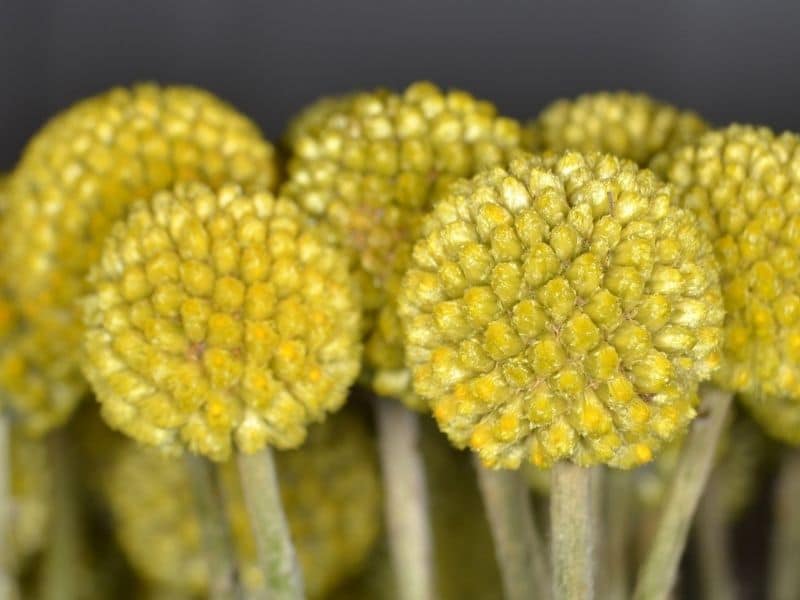
The craspedia flower is scientifically known as Craspedia globosa. This plant produces pale yellow flowers that look like tennis balls! But it is so exotic that it can only be found in very warm growing zones around the world.
As a result, they need to be fully exposed to the sun, and they will grow best if they are planted in well-drained soil.
Calendulas

Calendula is scientifically referred to as Calendula officinalis. They are not only edible flowers, but they will also deter any pests away from the garden. Calendulas are known for being a very powerful flower with many health benefits as well!
Chrysanthemum
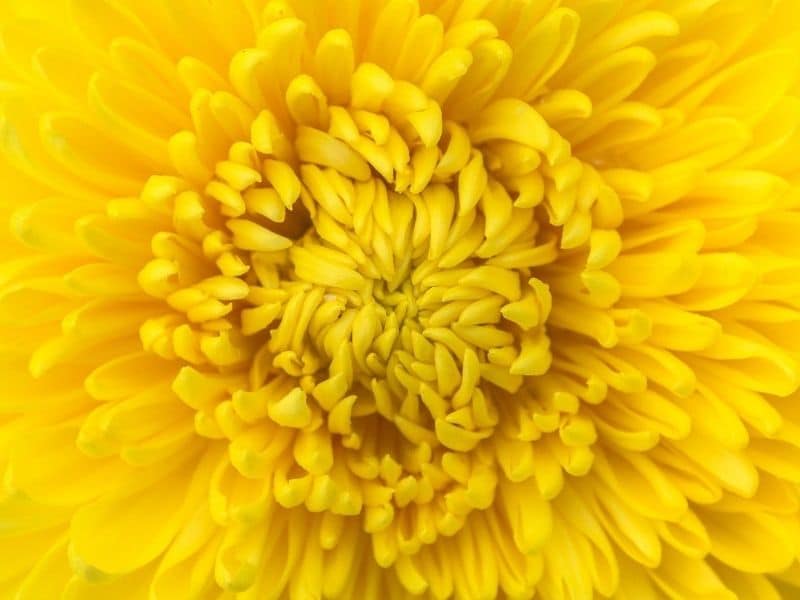
Also known as Chrysanthemum morifolium. This perennial flower needs full sunlight to thrive. They are sometimes referred to as mums and are favorite yellow flowers worldwide.
Canna Lily
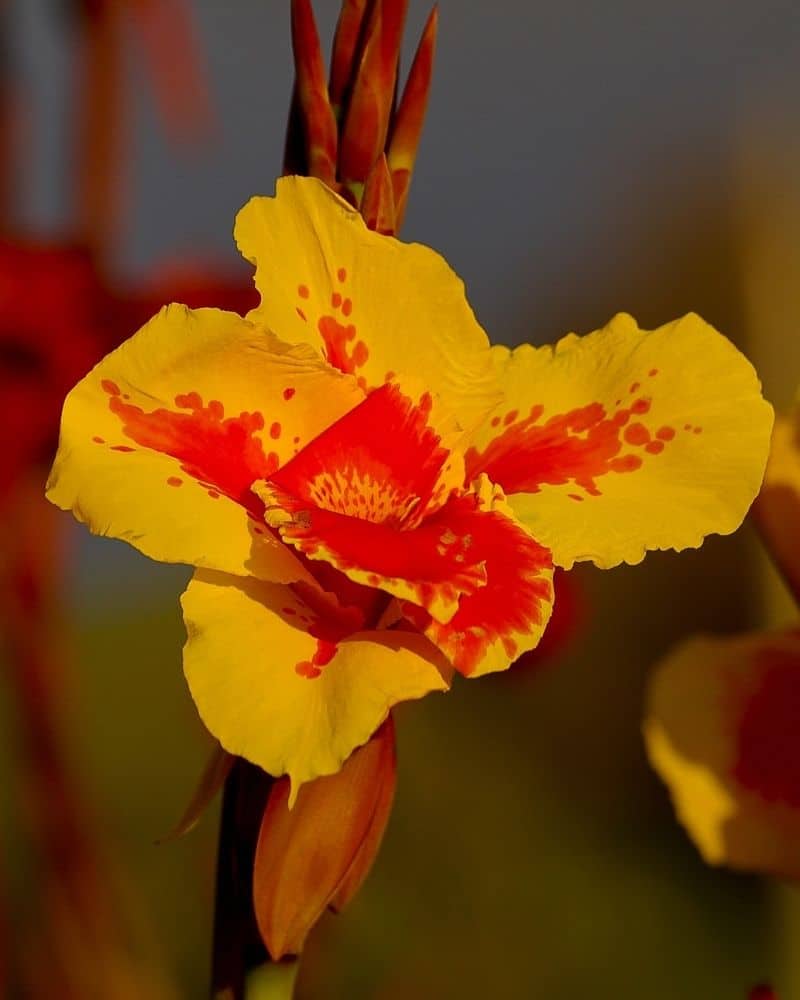
Their name might sound very similar, but these popular yellow flowers are a different species to the calla Lily. This flower is scientifically known as Canna. An interesting fact is that they are closely related to ginger and banana plants.
Carnation
Carnations are scientifically known as Dianthus caryophyllus. This type of flower has a yellow center and the outer part of the petals could either be red or mauve. They prefer to be fully exposed to the sun, and they are very small. In fact, they would only grow for a couple of inches in height.
Coreopsis
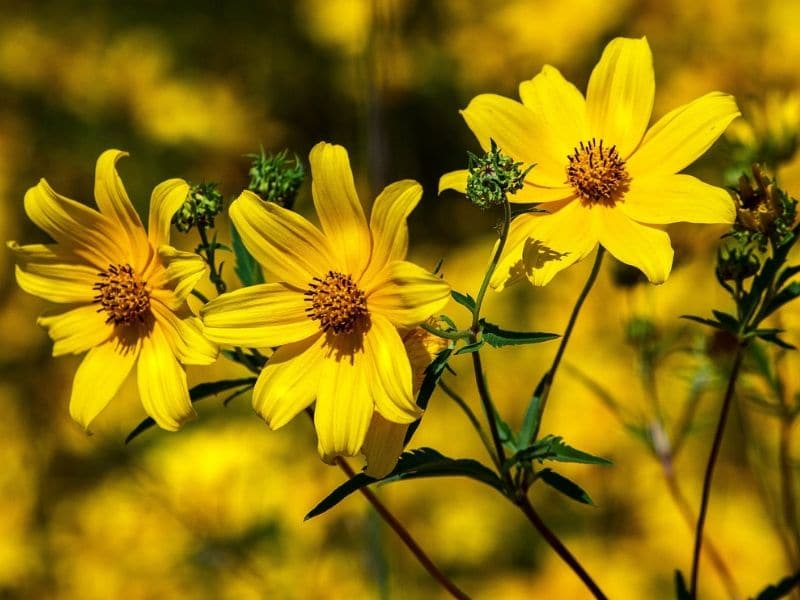
Coreopsis is its scientific name. This flower, with its bright yellow petals, is also known as tickseed or pot of gold. This perennial flowering plant needs to be under direct sunlight to thrive.
Coreopsis are known for being low-maintenance plants, which is ideal for first-time gardeners. They also need to be watered thoroughly and constantly. These perennial herbaceous plants are some of the most durable and hardy types of yellow plants you can grow.
Carolina Jasmine
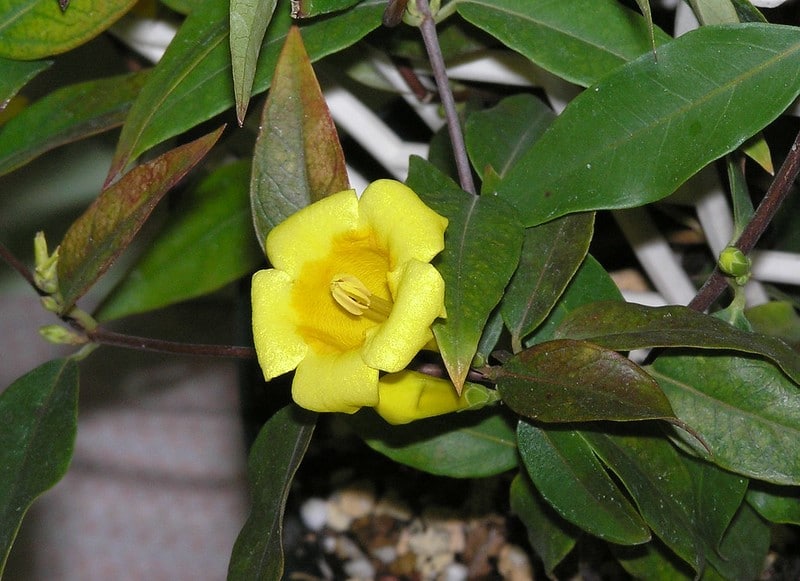
Carolina Jasmine flowers are scientifically referred to as Gelsemium sempervirens. Although its name suggests this plant belongs to the jasmine family, this isn’t the case at all!
This fast-growing vine will require support when growing. Otherwise, they will not thrive. They are known for their funnel shaped flowers and sweet yet strong fragrance. However, they are very poisonous plants! Don’t let the innocent yellow blossoms fool you – these brightly colored flowers can be quite toxic and shouldn’t be grown in a flower garden that dogs or other pets have access to.
Corydalis
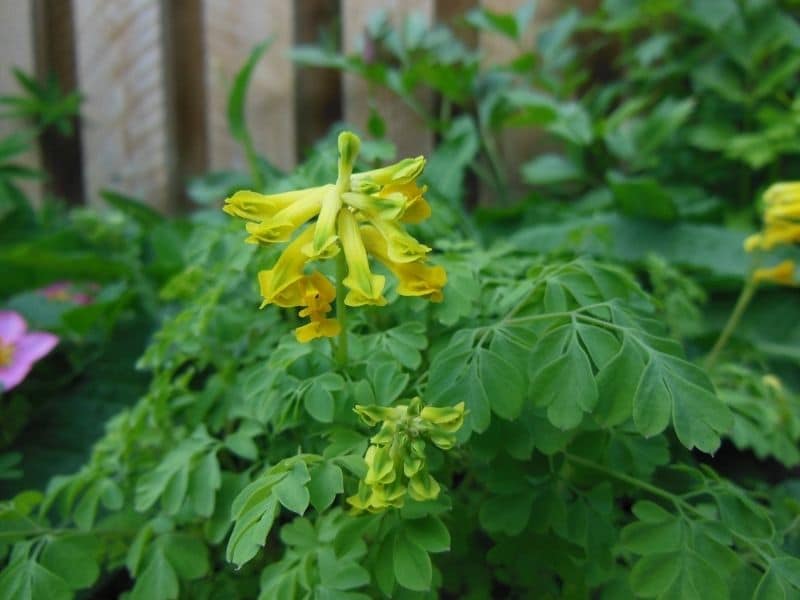
Do you love yellow flowers? If so, these are some of the best yellow flowers to grow.
This type of flower has a tubular shape. Corydalis prefers to be planted in partial shade. They are very low-maintenance and will keep all the pests at bay from any garden.
Daffodil

They are scientifically referred to as Narcissus. These flowers are known everywhere! Although they tend to be white, yellow daffodils are also common, especially in prairies. They need well-drained soil to thrive.
Dahlias
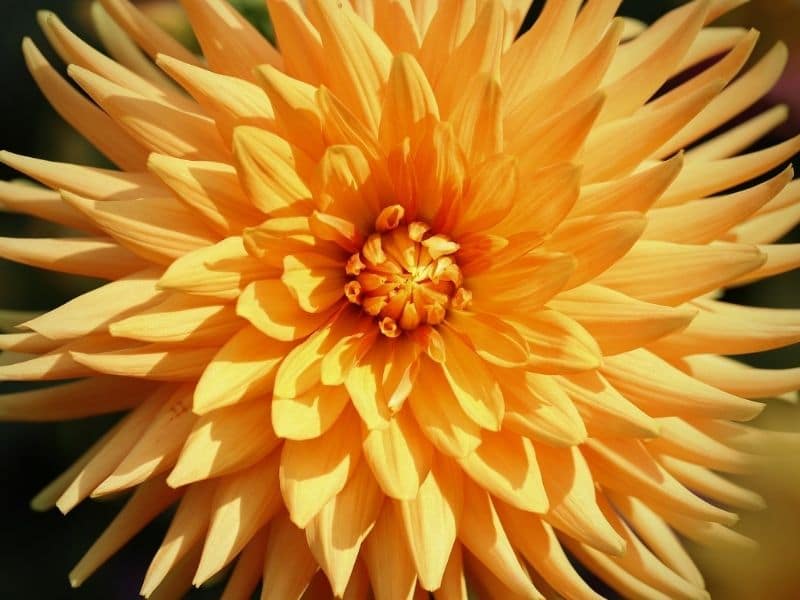
Yellow dahlias are simply spectacular! Once dahlias bloom, they will take the center of the stage!
Dutch Hyacinth
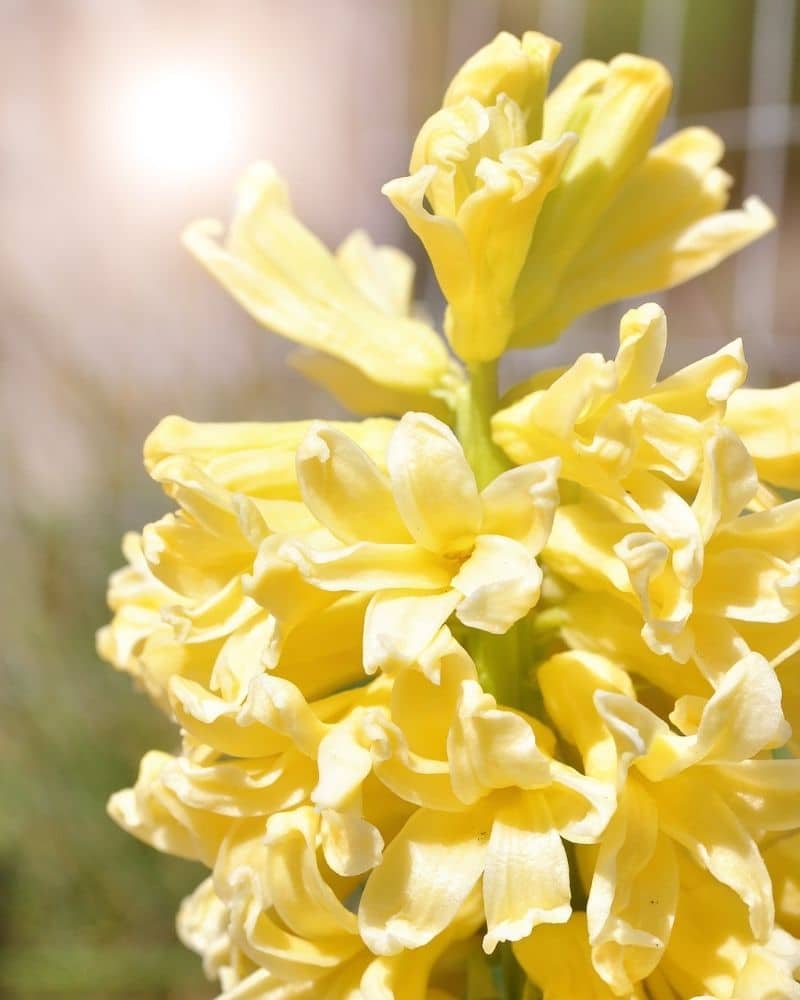
This unique Hyacinth flower has a very distinctive ball shape. They tend to be pale yellow, although some new hybrid varieties could have stronger tones.
Freesia

Freesia flowers are known for their strong yet amazing scent. These cheerful flowers also have a very vibrant yellow tone and attractive grass like foliage.
Gerbera Daisy
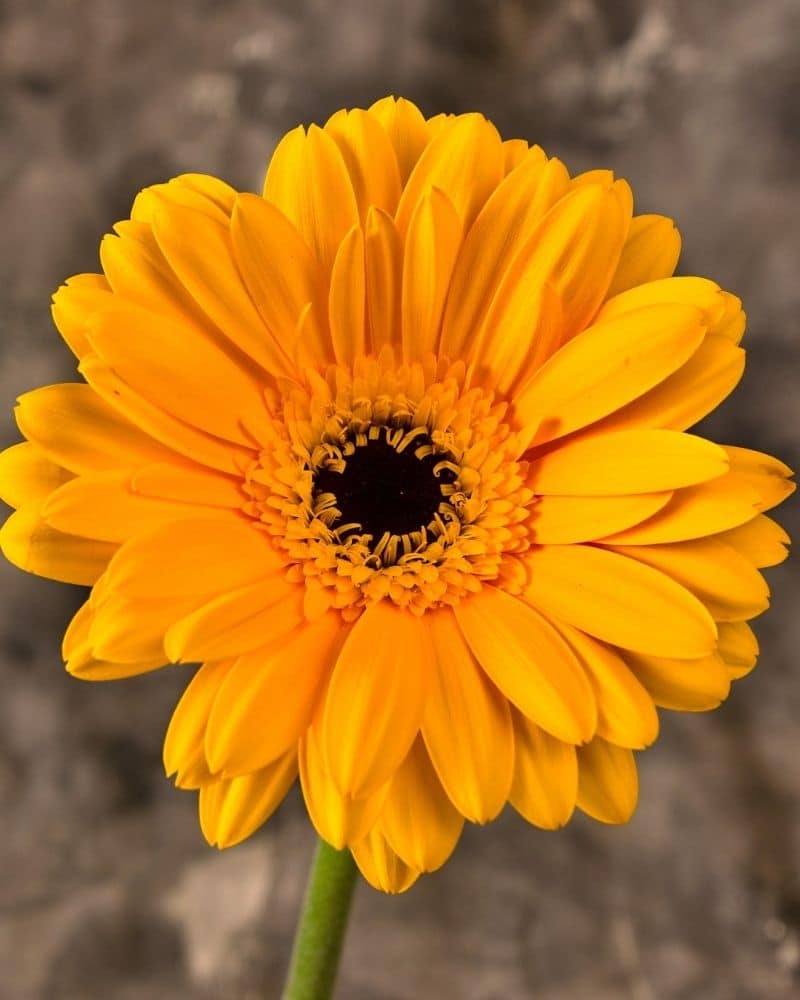
This type of daisy flowers is definitely one of the most recognized flowers in the world! Gerbera daisies are known for being in many floral arrangements for any occasion. They will thrive best when located under the full sun.
Goldenrod

Goldenrods are scientifically known as Solidago. This is a late-blooming plant because it usually blooms small yellow flowers at the end of summer and the beginning of fall. They are great repellent flowers, especially for vegetable gardens, as they will attract many different types of pests towards them.
See more: Goldenrod vs Ragweed
Hellebores
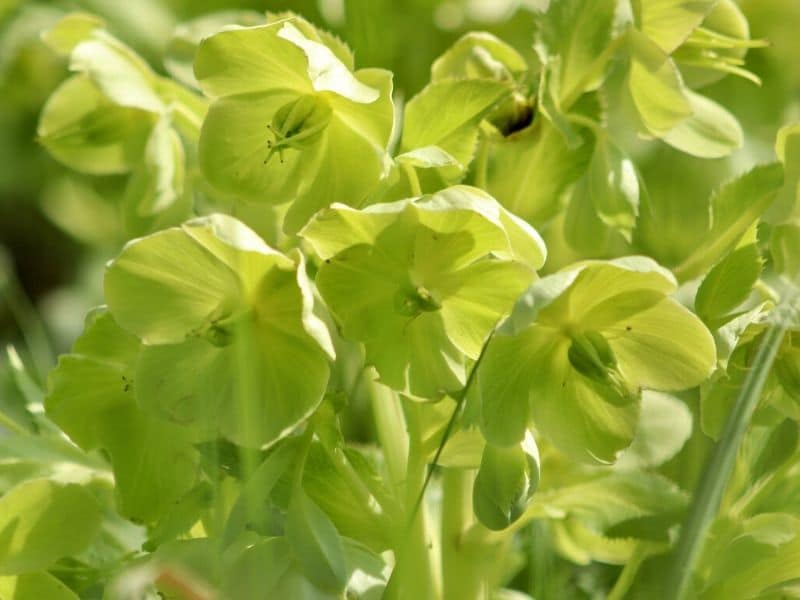
The hellebore flower is known for blooming for a long time. If taken care of correctly, they could bloom for 8 weeks or more. They do, however, need to be located underneath the full sun.
Hibiscus
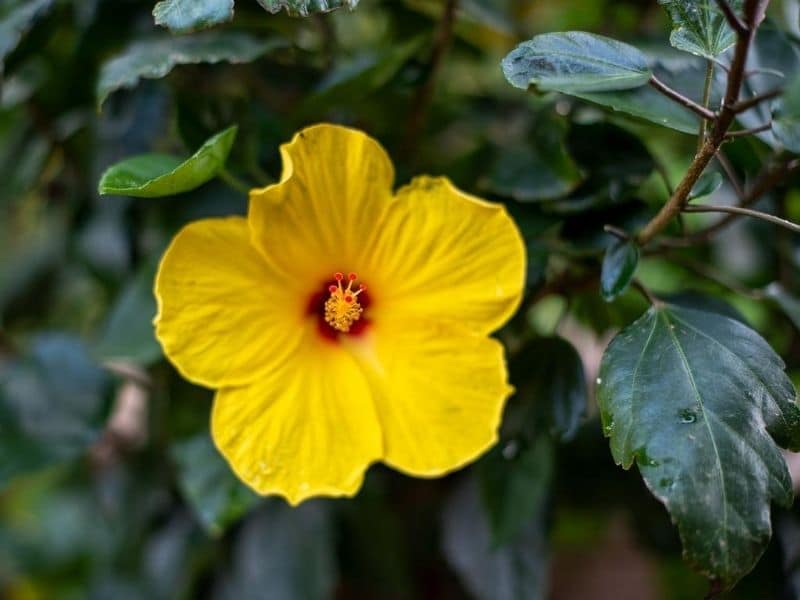
Hibiscus flowers are very easy to grow and maintain. These plants have large showy flowers and dark green leaves. They will fill any available space, and they will propagate rapidly if left unattended.
Iris

Iris flowers are scientifically known as Iris pseudacorus. Iris flowers are unique as they tend to bloom twice: one time at the beginning of spring, and the next time during late summer.
They require plenty of water to thrive; thus, it is advisable to water them thoroughly and constantly.
Lesser Celandine

The lesser celandine flower is scientifically known as Ficaria Verna. This flower has star-shaped petals. They tend to grow really low, where they are very close to their foliage.
Leontodon
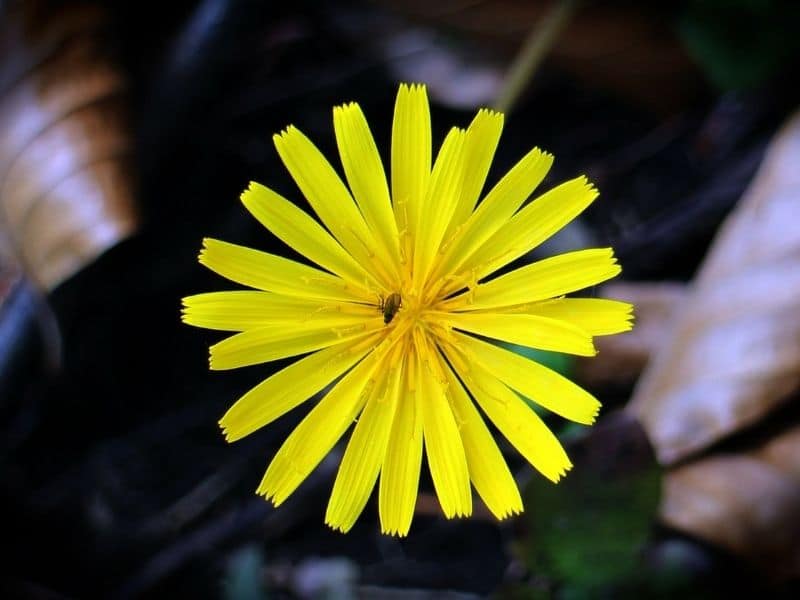
The leontodon flower is usually seen in meadows. They have a vibrant yellow tone, and they have a very unique shape.
Marigold

Marigold flowers are known for their strong scent. And it’s not only people who tend to dislike this scent, as pests will also avoid it and will probably run away from this plant! They will thrive the best if planted under direct sunlight.
Pansy
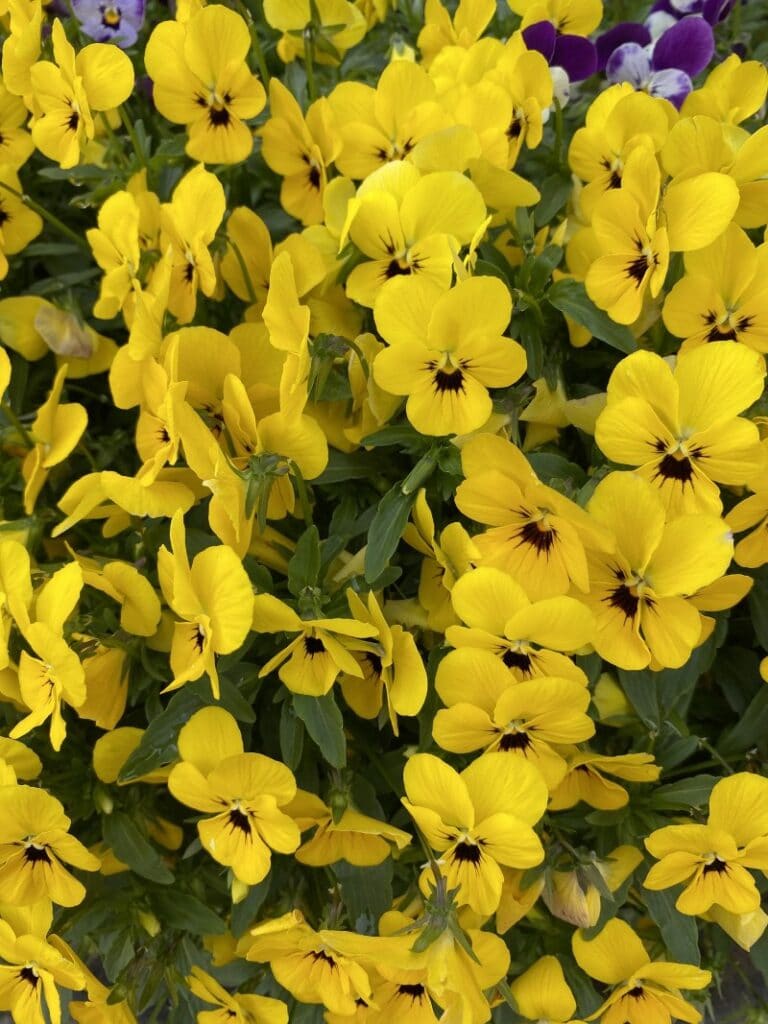
Pansy flowers are scientifically known as Viola tricolor. These cute little flowers need lots of water to thrive! Like many violas, they also prefer to be exposed to direct sunlight. However, they make great ornamental plants!
Portulaca
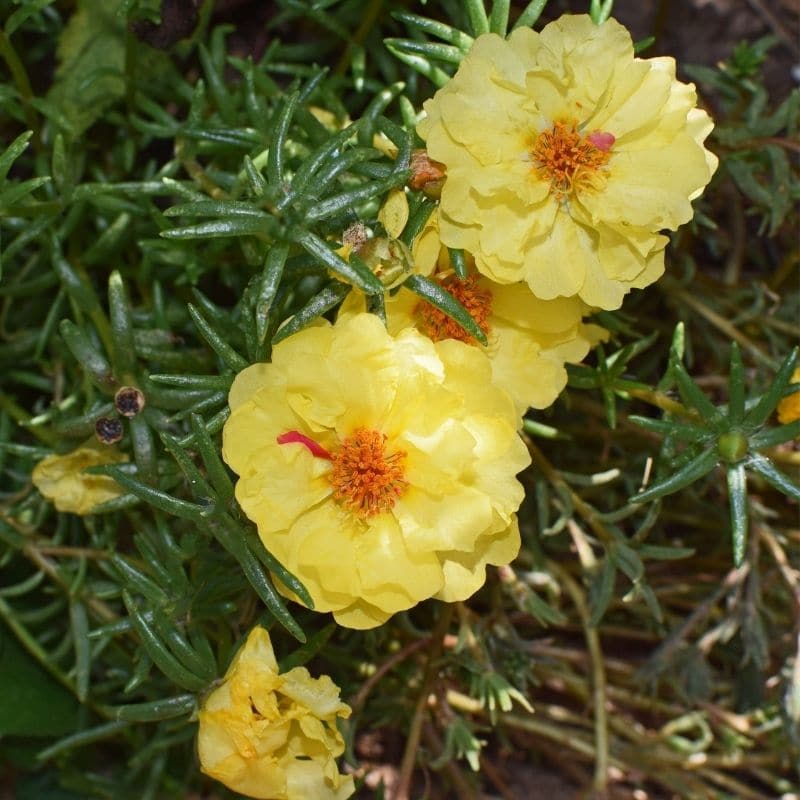
Portulaca flowers are scientifically known as Portulaca grandiflora. They will grow best in warm climates as they need to be fully exposed to the sun for long periods.
Prickly Pear
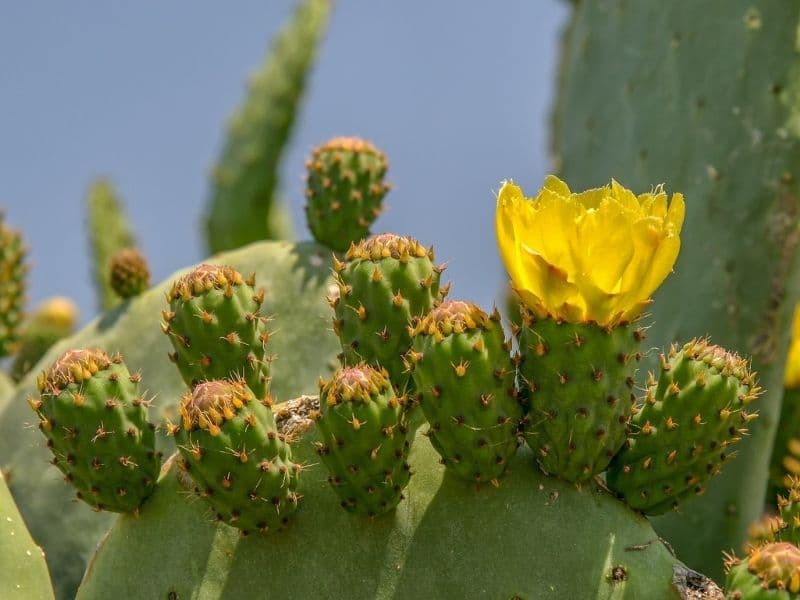
Prickly pear flowers are scientifically known as Opuntia. This is a type of cacti that is only found in cold climates. They have yellow petals and very long spikes.
Primrose
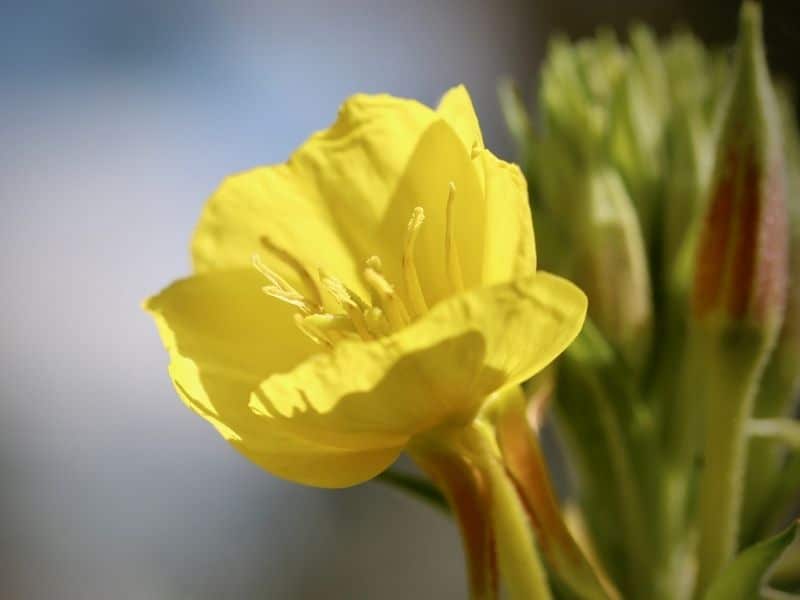
Primroses are scientifically known as Primula vulgaris. This type of flower can grow up to 2 feet in height! There are many different yellow varieties of primroses, and they are all beautiful! They will thrive if planted in moist soil and shade.
Snapdragons
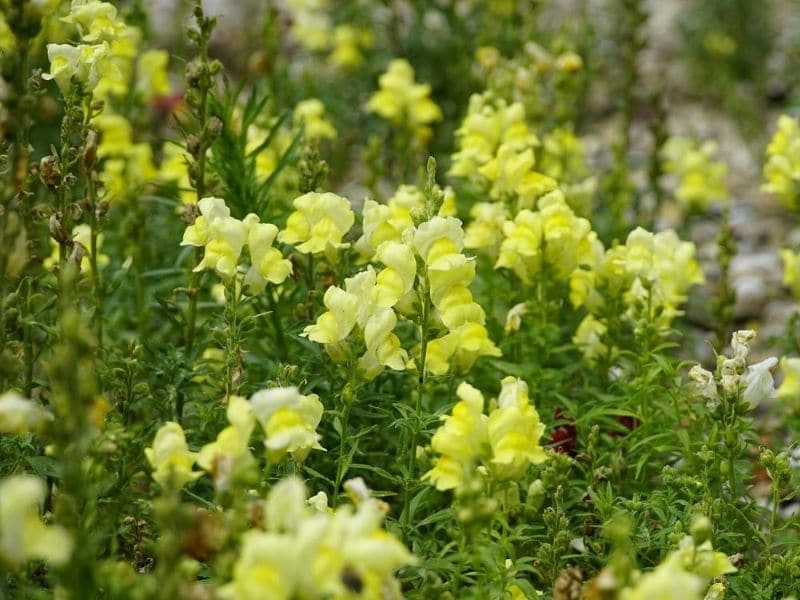
The snapdragon is a very unique perennial plant. They will first grow stalks and then all the flowers will appear. They prefer to be planted directly under the sunlight, and they also like to have well-drained soil.
Sunflower
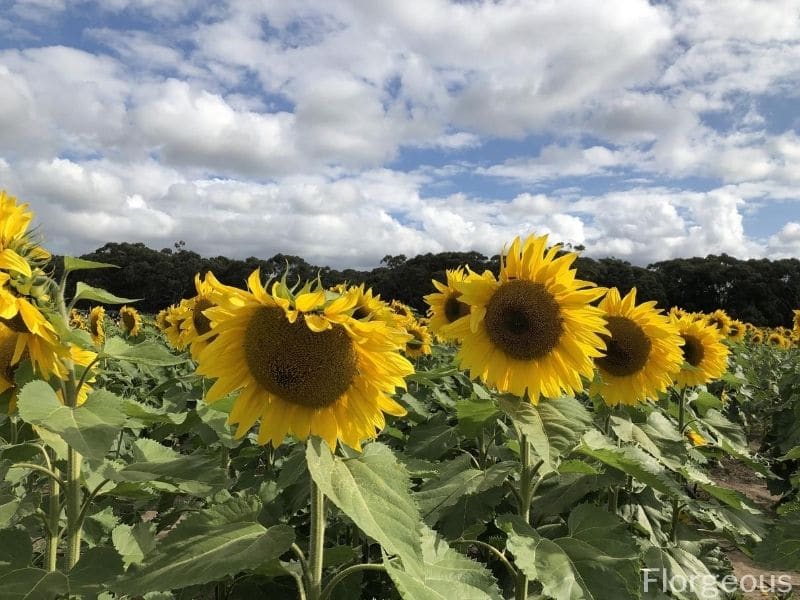
Everybody recognizes sunflowers! They are fairly easy to grow, and not only do they provide shade and its seeds are edible, but they look great as an ornamental flower. They do, however, need to be planted under direct sunlight in order to grow healthy.
Ranunculus
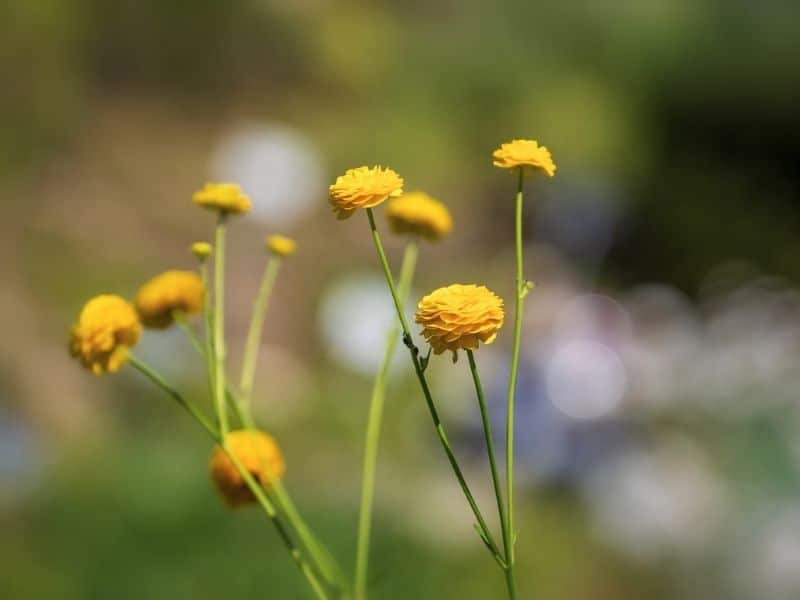
This type of flower is not as common as the other flowers on this list. Ranunculus shares its name with the Bulbous Buttercup flower; however, they are very different plants! This ranunculus has many more petals, and they are all in very close proximity, thus creating a circle shape.
Waterlilies
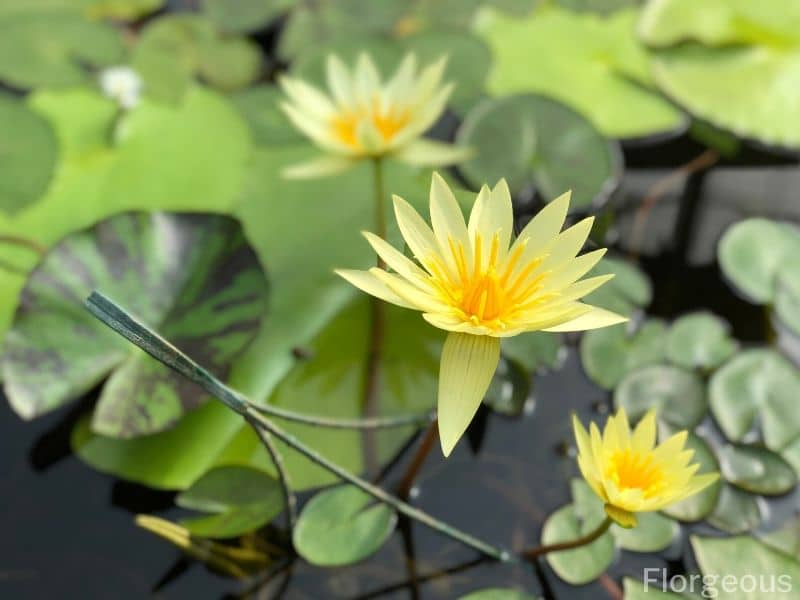
Waterlilies are scientifically known as Nymphaeaceae. This water-loving plant will thrive best in ponds. They are hardy plants, which means they will thrive anywhere, as long as they are in the water.
Yellow Lily
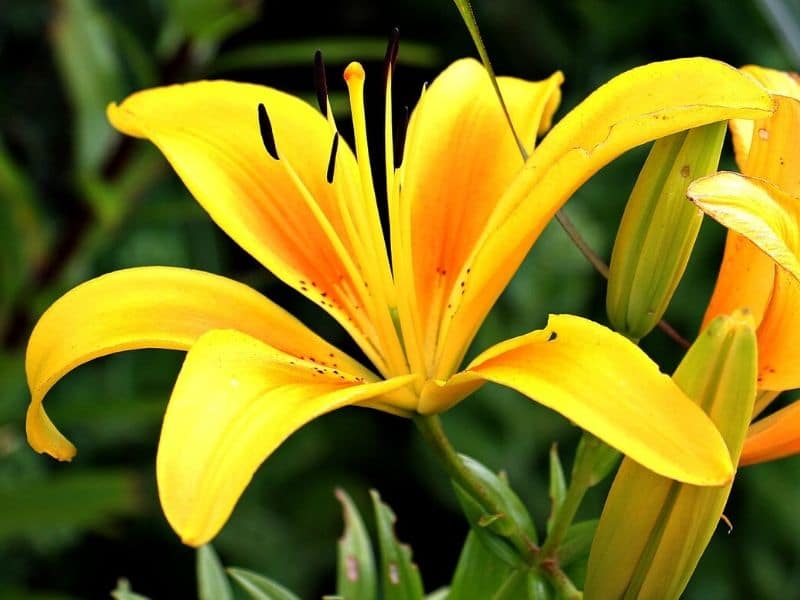
This type of lily will grow everywhere! They are very low-maintenance, yet they are widely popular worldwide, especially during the beginning of spring. They will thrive the best if planted under partial shade.
Yarrow
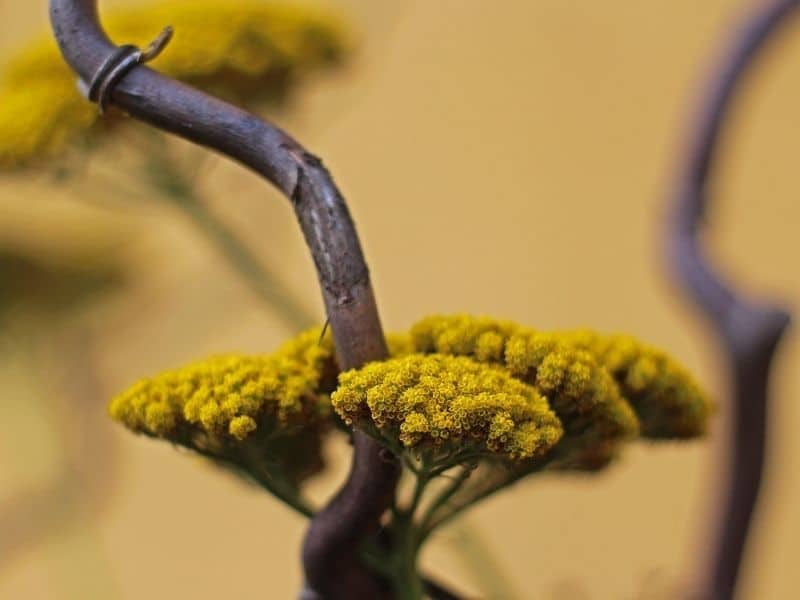
Although many people will easily recognize white yarrow, there is also a yellow variety! They have very long stems and vibrant green foliage.
Yellow Rose

Roses can come in many different colors, but bright yellow roses are definitely one of the prettiest varieties! These large double flowers require plenty of sunlight, but also well-drained soil.
Yellow Cestrum
Yellow Cestrum flowers are scientifically known as Cestrum aurantiacum. This unique looking plant has tubular yellow flowers that tend to look down (as if they were falling) from the rest of the plant. Their fragrance is stronger throughout the night.
Yellow Butterfly Bush
One of the longest bushes, it can grow up to 8 feet in height. Yellow butterfly bushes are very drought tolerant; thus, they can spend a couple of days without water. They need to be placed under direct sunlight.
Yellow Oleander
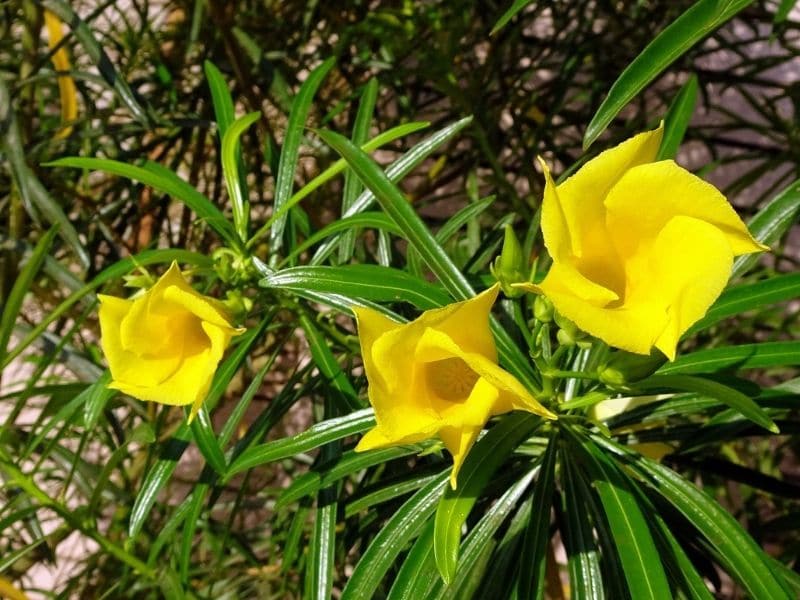
Also known as Cascabela thevetia, this is a very beautiful ornamental and deciduous shrub, but is very poisonous! They are also very low-maintenance.
These are some of the best types of yellow flowers for beginners, as they don’t require a lot of knowledge or work to care for.
Yellow Tulip

Although tulips can come in a wide range of colors, yellow tulips will sure catch everybody’s attention. This type of flower will bloom in early spring, and they need to be planted under partial shade or full sun in order to thrive.
Zinnia
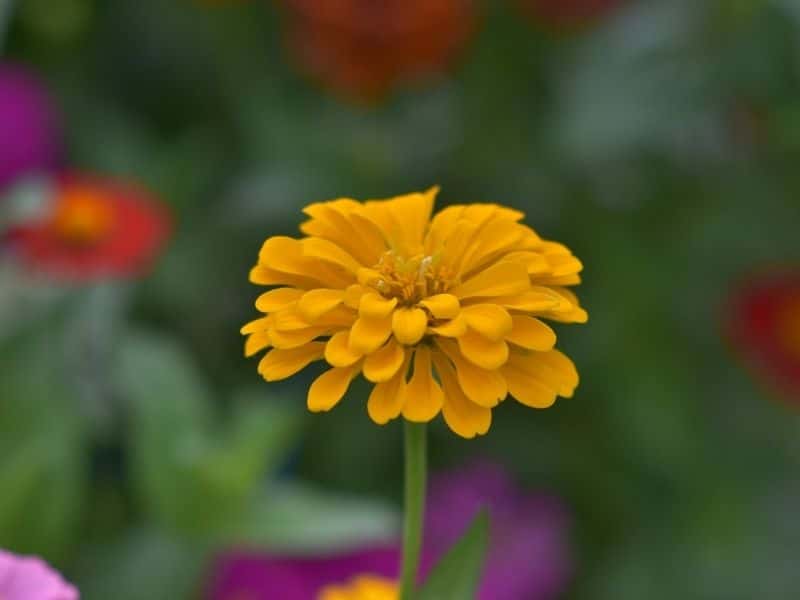
Yellow zinnias are known for their vibrant tones! They need to be placed under direct sunlight. They also need well-drained soil to thrive. Zinnias will provide beautiful scenery in any garden.
Frequently Asked Questions
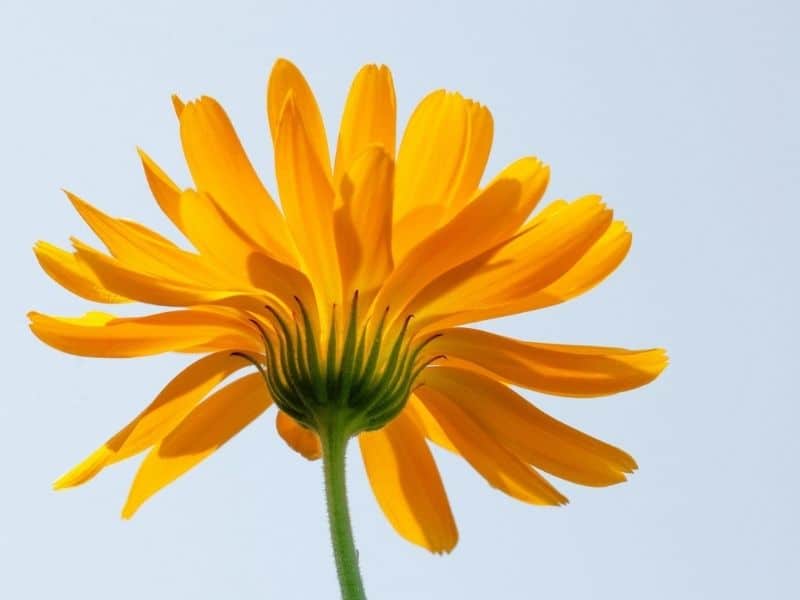
Here are the most frequently asked questions about yellow flowers:
What type of yellow plants bloom during spring?
Most of the yellow plants that have been mentioned on this list bloom throughout spring. Yellow hyacinths, daffodils, and calendulas tend to grow at the beginning of the season.
Do yellow flowers bloom first?
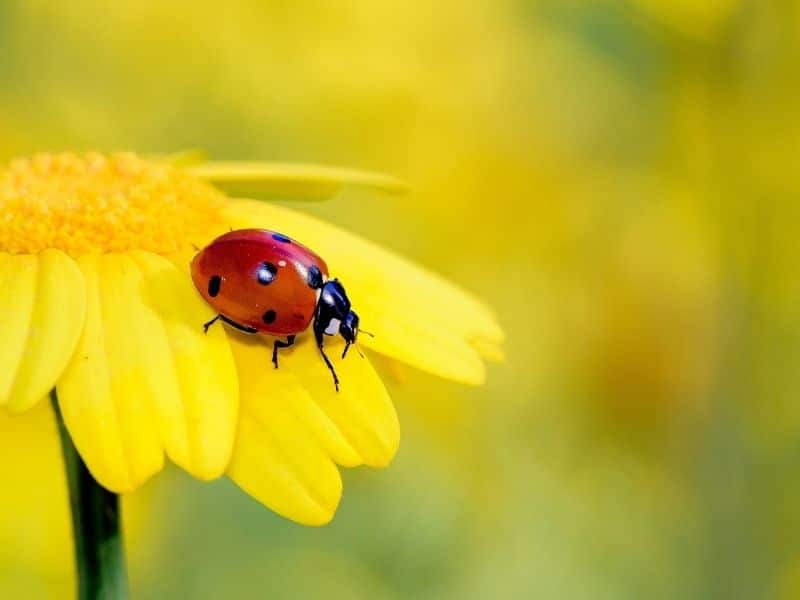
Many gardeners will agree that yellow flowers bloom first in comparison to flowers that have different colors.
What is the meaning of yellow flowers?
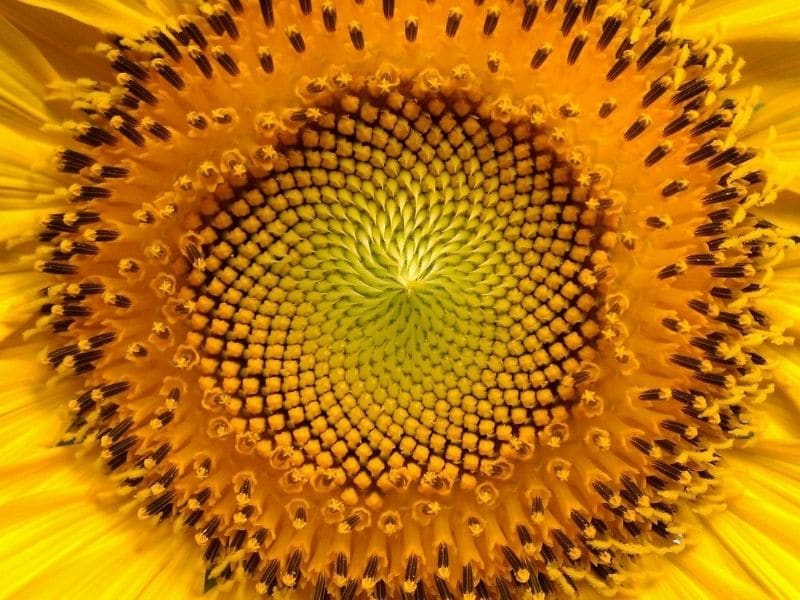
So what do yellow flowers mean? Yellow flowers tend to bring an optimistic feeling. They also represent positive thoughts and energies.
What about yellow flower symbolism? When a person receives yellow flowers, they probably feel loved, energetic, and joyful. When a person gives yellow flowers, they are usually telling the other individual that they brighten up any place!
Conclusion

Yellow flowers are known for bringing feelings of happiness and joy to whoever sees them! They also help pollinators find their path and pollen, as this special color attracts them in no time!
Many unique and interesting looking yellow flowers are easy to grow, and hopefully, this list will bring people closer to the garden of their dreams!
For more amazing flowers, check our list of flower names.







